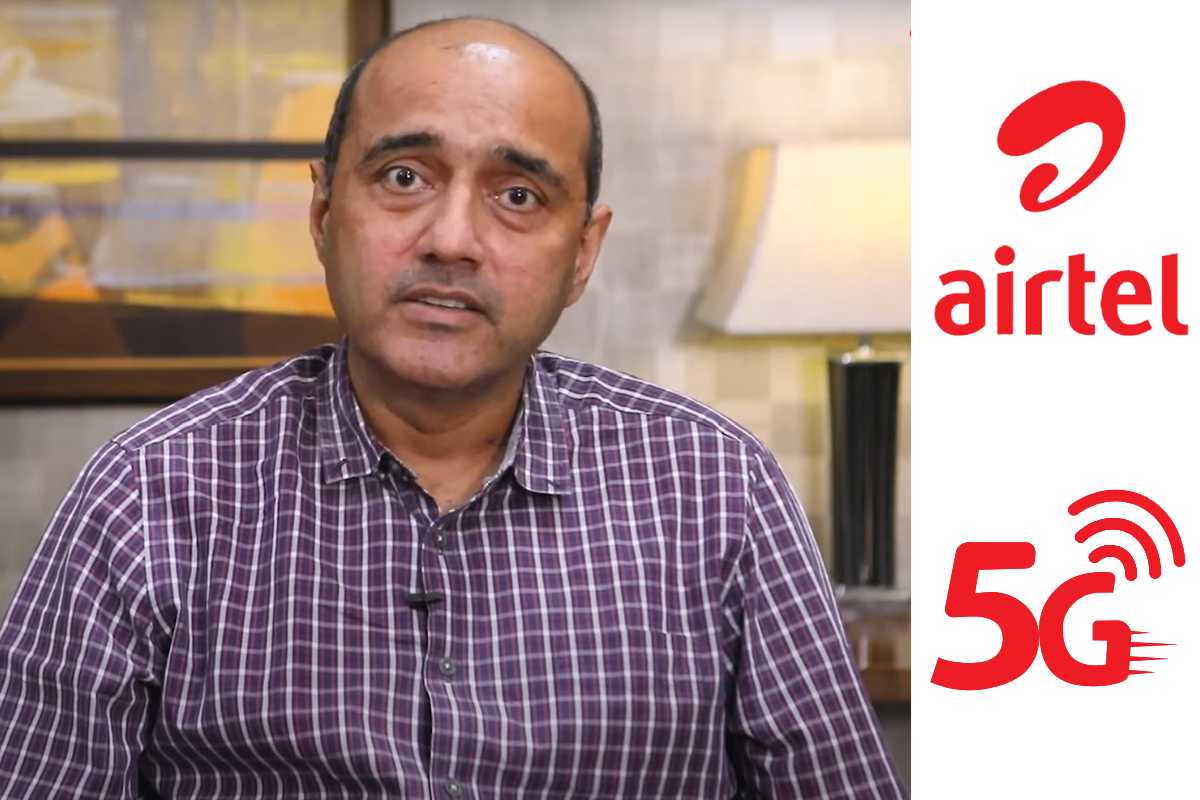If you have been following the talks around 5G, you must have heard there are two types of 5G networks. One is 5G SA (standalone), and another is 5G NSA (non-standalone). These are the two types of 5G networks that telecom operators can roll out. But most of the countries have seen their operators rely more on 5G NSA in the initial days. This is the case with India as well. Gopal Vittal, CEO and MD of Bharti Airtel, during the recent investors’ call with the analysts, explained why Airtel will be starting with 5G NSA and why it is more of a sensible choice over the 5G SA. But before we delve into Vittal’s comments, let’s first understand what the primary difference between 5G NSA and 5G SA is!
Difference Between 5G SA and 5G NSA
In simple words, with 5G standalone or SA networks, 5G comes as a top layer over the existing 4G layer. Both networks work independently of each other. But with 5G NSA, both the work co-dependently. SA networks are naturally considered more powerful in performance over the NSA networks. Basically, 5G NSA utilises 4G core for providing connectivity. We won’t go deep into the differences between the two. Knowing this much is enough for you to understand why Airtel wants to go with 5G NSA.
Why is Airtel Relying More on 5G NSA
Talking to the analysts, Vittal said one of the major reasons why Airtel is going with 5G NSA is because there is no well-developed ecosystem for SA devices. Another issue which Vittal highlighted was that SA networks could only work effectively when there’s sub-GHz frequencies involved with the 3.5 GHz spectrum. Vittal explained that the role of the sub-GHz layer is not for capacity or speed but to provide coverage. Thus, wherever the 3.5 GHz can’t reach, sub-GHz will, and it makes the network service more effective. “In fact, we have seen in our trials that the sub-Ghz layer on 5G SA gives only 8-10 Mbps speeds, no different from 4G,” he said. This is the reason why Airtel didn’t go with the 700 MHz spectrum during the recently concluded auctions. With 5G NSA, the 3.5 GHz layer would be able to travel much further because its purpose would be of downlink, while the 4G layer will perform the role of the uplink (1800/2100 MHz band). But with 5G SA, you would need the sub-GHz spectrum separately, whereas, with 5G NSA, the same could be done at a considerably lower cost.
Advantages of 5G NSA Listed by Airtel CEO
Gopal Vittal listed the advantages of the 5G NSA. Firstly, he said that the 3.5 GHz band on NSA would be able to extend at least 30% more on the downlink, which implies a massive 100 metres extra. It would mean better coverage in urban areas when the mid-band is providing uplink. But when extra coverage is required and the mid-band can’t work, the work shifts onto the sub-GHz layer. The second biggest advantage of 5G NSA is that all the current devices would be able to support connectivity with it. Countries, where 5G SA has already launched have seen most of their traffic on the 5G NSA networks. This implies that there’s no real demand for 5G SA amongst consumers. Lastly, another advantage of NSA explained by Vittal is that it would allow for a faster call connect time on voice. Because Airtel has massive spectrum holdings in the mid-band, it will allow the company to offer a faster uplink than anyone else. Vittal had said that Airtel would start rolling out 5G networks by August 2022, and by March 2024, Airtel would be able to provide PAN-India 5G services.
